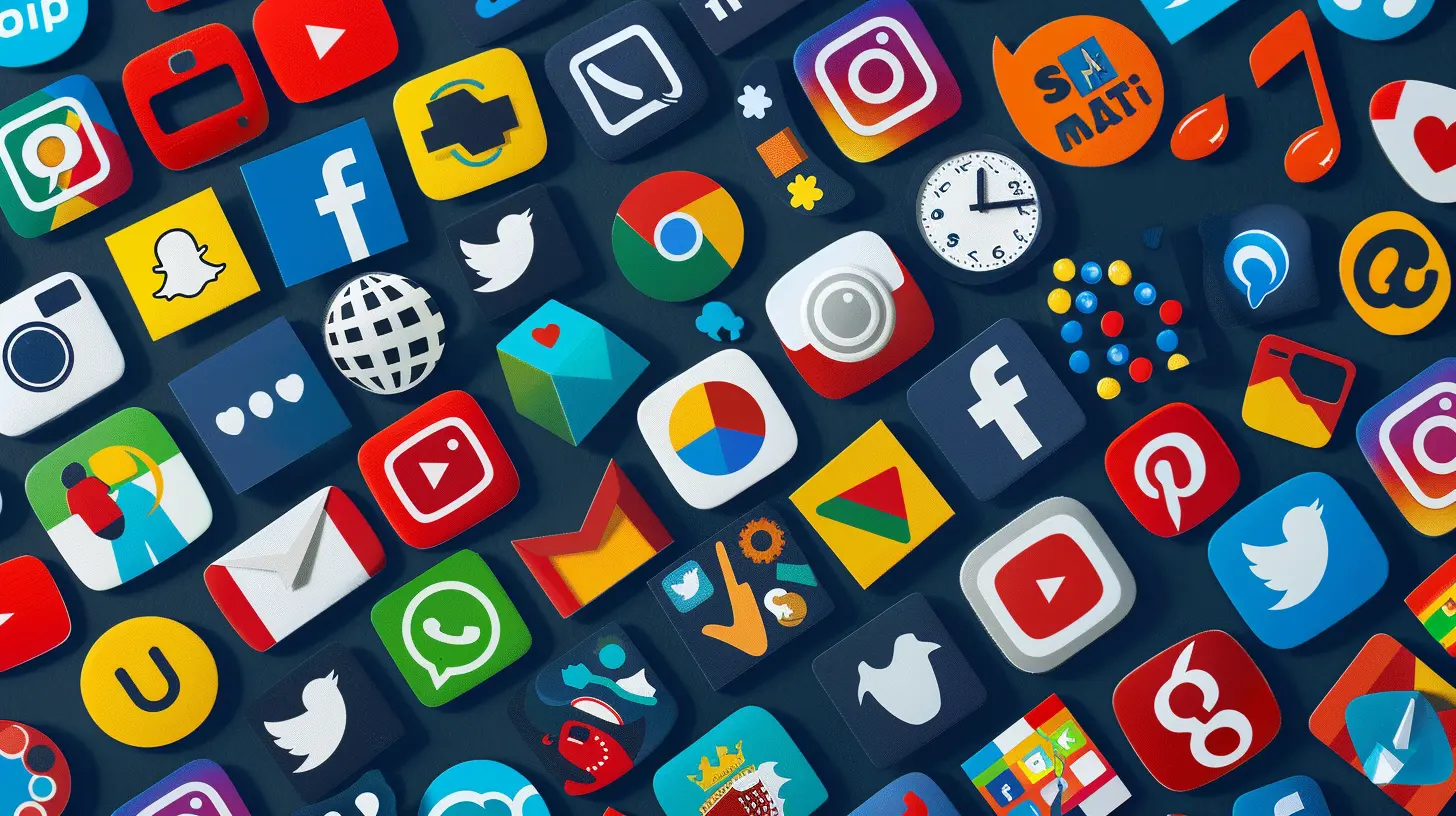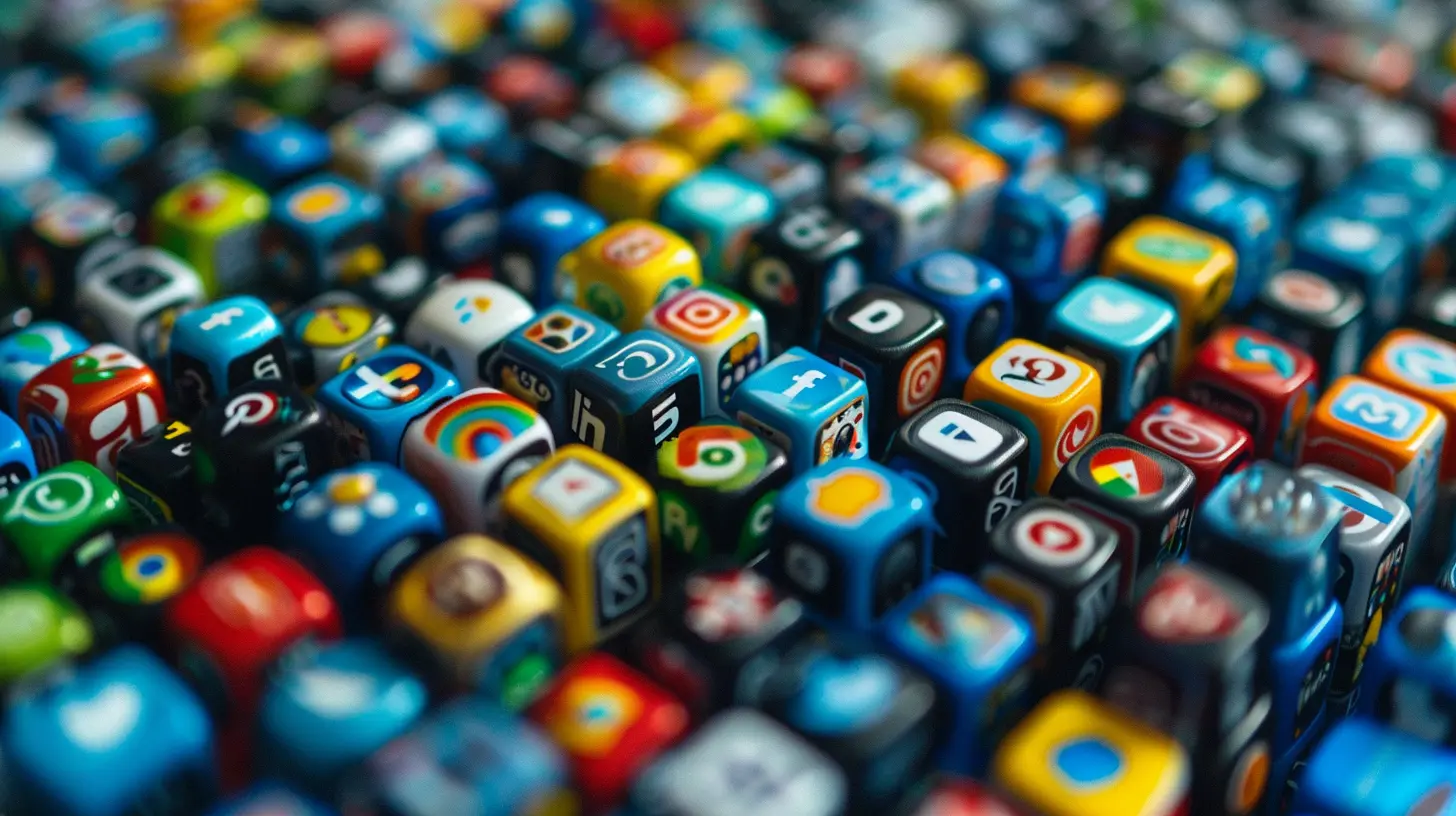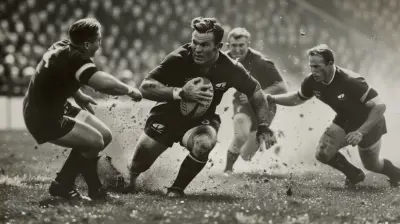How Social Media is Changing the Sponsorship Landscape in Sports
28 May 2025
In the good old days, sports sponsorships were simple. Brands would slap their logos on jerseys, stadiums, or banners, and boom—instant exposure. It was like a billboard on the highway: the more eyeballs, the better. But, oh boy, how things have changed! Enter social media, and suddenly, the entire sponsorship game has been flipped on its head. The traditional methods are still there, but now there’s a whole new world of opportunities that brands and athletes are diving into.
Social media isn't just another tool in the sponsorship toolkit—it’s become the toolkit itself. Platforms like Instagram, Twitter, and TikTok are revolutionizing how brands interact with sports teams, athletes, and their fanbases. So, let’s dive deep and break down how social media is changing the sponsorship landscape in sports.

The Rise of Athlete Influencers
Ten years ago, most athletes were just athletes. Now? They’re influencers. Think about it: athletes like Cristiano Ronaldo, LeBron James, and Serena Williams have millions (and I mean millions) of followers across their social media platforms. These aren’t just fans of their athletic abilities; they’re fans of their lifestyles, personalities, and, yes, the brands they promote.Social media has given athletes a direct line to their followers, creating a level of engagement that traditional ads could never achieve. When LeBron posts about a new Nike shoe or when Serena shares her fashion line, it doesn’t feel like an ad—it feels like a recommendation from a trusted friend. That's the real magic here. Brands are no longer just paying for an athlete to wear their gear during a game; they’re investing in the athlete’s personal brand and influence.
So, why is this such a game changer for sponsorships? Well, it's all about trust. People trust people more than they trust logos. When an athlete promotes a product on their Instagram, it feels more authentic than a generic TV commercial. And this authenticity is priceless in today’s advertising landscape.
Micro-Influencers Are Taking Over
While global superstars like Ronaldo and LeBron command massive sponsorship deals, there’s another group of athletes quietly making waves: micro-influencers. These are athletes who might not be household names, but they have dedicated, niche followings on social media.Think about it—local athletes, semi-pro players, or even fitness influencers with 10,000 to 100,000 followers. They may not have the reach of a superstar, but their engagement rates are often higher. Why? Because their fans are more loyal and invested in their journeys. This makes them an attractive option for brands looking for more targeted, authentic advertising.
Brands are increasingly turning to these micro-influencers because they can offer a greater return on investment. They’re cheaper to work with than big-name athletes, and their audiences are often more engaged. Imagine a local basketball player promoting a sports drink to their 50,000 followers. That might not seem like a big deal, but if half of those followers are local fans who genuinely care about that athlete, suddenly that sponsorship becomes highly valuable.

The Power of Real-Time Engagement
One of the biggest advantages of social media in sports sponsorships is the ability to engage in real-time. Remember the days when you had to wait until after the game to hear what athletes had to say? Not anymore. Now, athletes can tweet, post, or go live while the game is still happening, giving fans a behind-the-scenes view that was previously unimaginable.This real-time engagement extends to sponsorships as well. Brands can capitalize on live events by having athletes promote products during or immediately after a game. For example, an athlete could post an Instagram Story featuring a sponsor’s product right after a big win, creating a direct link between the excitement of the game and the product being promoted.
This instant interaction is something that traditional advertising just can’t compete with. TV commercials and print ads are static—they reach people after the fact. But social media allows for immediate, dynamic engagement, making the connection between the athlete, the brand, and the audience feel more genuine and timely.
The Role of Hashtags and Viral Challenges
In the world of social media, hashtags are king. They help content spread like wildfire and create trends that can bring massive exposure to brands. Remember the #IceBucketChallenge? Or more recently, the #PushUpChallenge? These viral challenges often have sports figures at the helm, and they offer brands a golden opportunity to jump on board.Athletes who participate in viral challenges or create their own can help boost a brand’s visibility in a way that feels fun and organic. Brands can sponsor these challenges, or athletes can subtly incorporate products into their participation. Either way, it’s a win-win. The athlete engages their followers, and the brand gets exposure without the hard-sell tactics that turn off modern consumers.

The Shift Toward Direct-to-Consumer Marketing
Social media has also shifted the sponsorship landscape by making it easier for brands to adopt a direct-to-consumer (DTC) approach. Traditionally, brands would sponsor an athlete or a team, and the exposure would be indirect. Fans would see the logo on a jersey or in a commercial, but there wasn’t a clear call to action.Now, with platforms like Instagram Shopping and TikTok’s in-app purchasing features, athletes can directly link their followers to products. For instance, an athlete can post about a new pair of shoes and include a link that takes their followers straight to the product page. This seamless integration between content and commerce allows brands to capitalize on impulse buying and creates a more tangible return on their sponsorship investments.
This DTC model also works for smaller, niche brands that might not have the budget for massive sponsorship deals. By partnering with athletes who have strong social media followings, these brands can bypass traditional retail channels and connect directly with consumers.
The Role of Storytelling in Sponsorships
Let’s be real—nobody likes feeling like they’re being sold something. That’s where storytelling comes in. Social media has made it easier than ever for athletes and brands to create compelling narratives around their partnerships. Instead of just posting a picture of a product, athletes are sharing stories about how that product fits into their lives.For example, a soccer player might post about how they use a specific recovery drink after training sessions, or a runner might share how a particular brand of shoes helped them improve their performance. These stories resonate with fans because they feel personal and relatable, not like a traditional ad.
Brands that focus on storytelling rather than hard-sell tactics are finding more success in the social media space. By aligning their products with the athlete’s personal journey, they create a deeper connection with the audience.

The Future of Sports Sponsorships in a Social Media World
So, where is all this headed? Well, if the past few years are any indication, social media will continue to dominate the sponsorship landscape in sports. We’re already seeing the rise of new platforms like TikTok, which is quickly becoming a favorite for athletes looking to engage with younger audiences.We’re also likely to see more brands moving away from traditional sponsorships in favor of social media-driven campaigns. The ability to target specific demographics, engage in real-time, and directly measure ROI makes social media an attractive option for brands of all sizes.
Moreover, we may see more athletes taking control of their own sponsorships. With platforms like Instagram and TikTok at their fingertips, athletes no longer need to rely on big-name brands to secure lucrative deals. Instead, they can partner with smaller, niche brands that align with their personal values and interests.
The Role of Data and Analytics
Another exciting development is the role that data and analytics are playing in social media sponsorships. Brands can now track engagement metrics like views, likes, shares, and comments in real-time, allowing them to adjust their strategies on the fly. This level of insight was unheard of in traditional sponsorships, where the effectiveness of a billboard or TV ad was much harder to measure.With platforms offering detailed analytics, brands can ensure that they’re getting the most bang for their buck when partnering with athletes. This data-driven approach allows for more targeted campaigns and, ultimately, better results.
Conclusion
There’s no denying it—social media has completely transformed the sports sponsorship landscape. Whether it’s the rise of athlete influencers, the power of real-time engagement, or the shift toward direct-to-consumer marketing, social media has given brands and athletes alike new ways to connect with their audiences.In this new world, authenticity is king. Fans don’t want to feel like they’re being sold something; they want to feel like they’re part of the athlete’s journey. And that’s exactly what social media allows. It blurs the lines between content and commerce, creating a more personal and engaging experience for everyone involved.
So, what does the future hold? If the current trends continue, we’re likely to see even more innovative sponsorship models emerging as athletes and brands continue to harness the power of social media. The days of passive sponsorships are over. Welcome to the era of interactive, engaging, and data-driven partnerships.
all images in this post were generated using AI tools
Category:
Sponsorship DealsAuthor:

Uziel Franco
Discussion
rate this article
2 comments
Vaughn Parker
Social media amplifies brand exposure, enabling targeted engagement and real-time interaction, revolutionizing how sports sponsorships are structured and valued.
June 1, 2025 at 7:24 PM

Uziel Franco
Absolutely! Social media is a game-changer for sports sponsorships, enhancing brand visibility and fostering direct connections with fans.
Darby Conrad
This article insightfully highlights how social media is reshaping sports sponsorship by enhancing fan engagement, providing real-time metrics, and enabling brands to connect authentically with audiences. A game changer!
May 31, 2025 at 2:59 AM

Uziel Franco
Thank you for your thoughtful comment! I'm glad you found the insights on social media's impact on sports sponsorship valuable.


